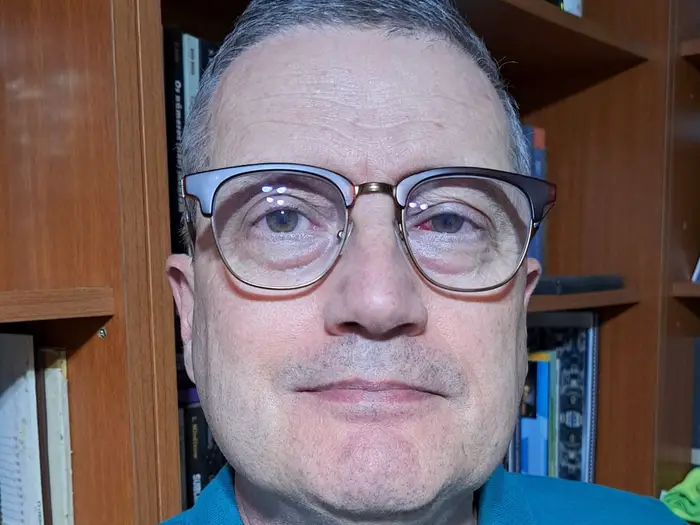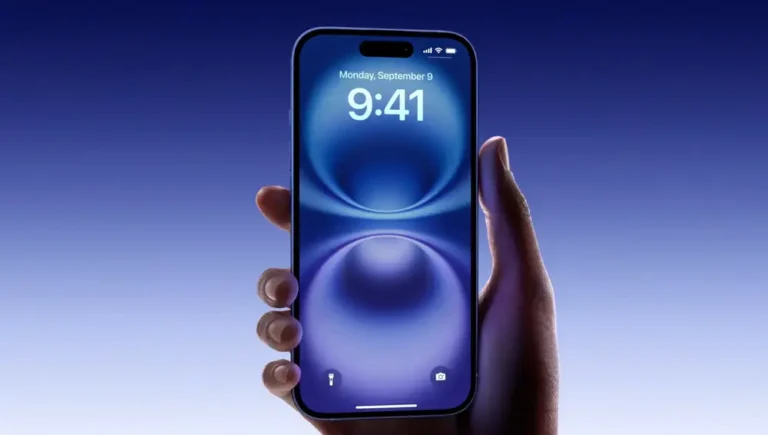I’m a boomer who learned to use AI for work. It’s made me more productive, but I worry about younger generations misusing it.

Marco Simões said using AI for translation makes him more productive.
I’m a freelance translator for Lilt, a translation service that uses AI in its model. My freelance translation work is flexible and fits around my job as a university teacher.
Before I was a translator and teacher, I worked as an instructor in the IT industry for companies like Novell and Intel.
I’d travel from São Paulo, where I lived, to the companies’ headquarters in the US to learn about the new software they were launching. Then, I would return to São Paulo to train instructors for company divisions across Latin America in Portuguese and Spanish.

Marco Simões started using AI for translation in 2020.
I wasn’t a translator, but I had to learn about the technologies in English and then translate them into Portuguese.
At the same time, I worked as an academic, teaching calculus and physics part-time at a university.
When I left Intel in 2015, I planned to teach full-time. But, I found I had extra time. I decided to try out translation work on the side after someone at Intel suggested I work as a translator there.
When I left, a member of staff put my name forward to a translation company called WinTranslation. I started working there between five and ten hours a week translating from English to Portuguese, alongside my teaching role.
When I first started manual translation, I could translate between 260 and 300 words an hour, and I did a lot of research on my own. With the introduction of AI tools, it’s now possible to translate as many as 1,200 words an hour, and my workflow has improved massively.
I didn’t work with AI initially
When I first started, I translated word-by-word, sometimes using Google Translate to help out.
With manual translation it would take an hour to do 260 and 300 words. I saw Lilt, another translation service, was recruiting in 2020, and left Wintranslation to work for them.
Lilt built AI into its platform, called CAT, a computer-aided translation. Their AI generates the translated sentence first, and then the human translator checks it before submitting the translation. Lilt’s platform is optimized for translators. It prepares the translated sentences, shows the translator the vocabulary, and presents similar previous segments.
I was amazed. But I also experimented with AI outside Lilt to see if I could understand the limits. I found it sometimes makes grammatical mistakes. I check every answer with official Brazilian and Portuguese grammar.
The internal AI I use at Lilt learns from and remembers changes human translators make. It can also learn a client’s style. Over time, I have to make fewer changes to the AI translation.
In the last two years, I’ve started using ChatGPT and Bard as well for research. Using AI has meant my productivity has increased, and I can accept more jobs than I did in the past, but pay doesn’t necessarily increase. It depends whether you’re paid by the hour or the word.
I use AI tools for subject research
AI helps me with velocity and accuracy. I’ll do translations for clients on topics including technology, mathematics, physics, theology and marketing. I don’t like to do medical or legal translations as that requires more specialized knowledge.
Before AI, if I were sent a client where I had to translate text about a specific topic, I would first have to research the subject and read a lot about it. For example, when I was completing a translation about finance, I came across the word “revolver,” but didn’t know what it meant in finance. I asked Bard and it told me, “In a financial context, a revolver is a recursive loan that you make several times.”
Before AI, it might have taken me 15 minutes to figure that out. I felt more confident in my translation in a fraction of the time.
It doesn’t always get everything right
I can ask AI for the common term for something in Brazil instead of researching 20 sites, which is helpful.
We have an expression in Brazil, “plantar bananeira.” It literally translates to “to plant a banana tree” in English. But everyone in Brazil knows it as a phrase meaning to do a handstand. Nobody who says that in Brazil means literally planting a tree.
ChatGPT gave me the headstand meaning, but not the literal meaning. If I was an outsider translating to Portuguese, and I wasn’t aware that it was giving me only the metaphorical meaning without explanation, I could make a mistake with my translation if I wanted the literal meaning.
Language is very complex. There are several layers of conversation, and sometimes, two human translators can’t agree on a translation. Humans can also be ironic and make jokes. It is very hard to imagine AI being able to do that in the near future.
AI helps me when I’m stuck and makes me more efficient
I do think the role of translators is changing. We are becoming facilitators of technology.
Using AI makes me more creative. Sometimes, I struggle with a translation because it doesn’t read well, but I’m tired and can’t think of how to rephrase it. I now go to Bard or ChatGPT and ask them to rephrase the sentence for me.
It forces me to think of new ways of translating and gives me new perspectives. Using AI tools, such as Bard and ChatGPT, I can translate around 1,000 to 1,200 words an hour.
AI won’t replace translators
Some translators are very conservative. They won’t use AI. I try to use it as much as I can, but I keep my eye on it to control quality. You can’t avoid it. We have to embrace technology but balance it with old-fashioned tools like books.
It would be difficult to survive without AI when translating high-volume materials such as manuals, websites, and technical texts. Still, there are some types of translations, such as extremely artistic ones like poetry, where AI cannot improve the richness of translation.
I’ve also been involved in education and tech long enough to know that we should always be cautious of systems that claim to have all the answers.
As a teacher, I worry about young people using it before developing critical thinking skills. It’s not so much whether AI is beneficial, but whether the future generation is prepared to use it responsibly. I’m not sure about that.
AI tools can increase translators’ productivity by automating parts of the work, but there will still be a significant need for human intervention to ensure quality and accuracy.
I don’t think it’s possible that AI will replace human translators because language is alive. There are complexities, nuances, and layers of language. Although AI can learn from mistakes and correct them in its translation for the future, it still needs the translator to make those corrections in the first place.






